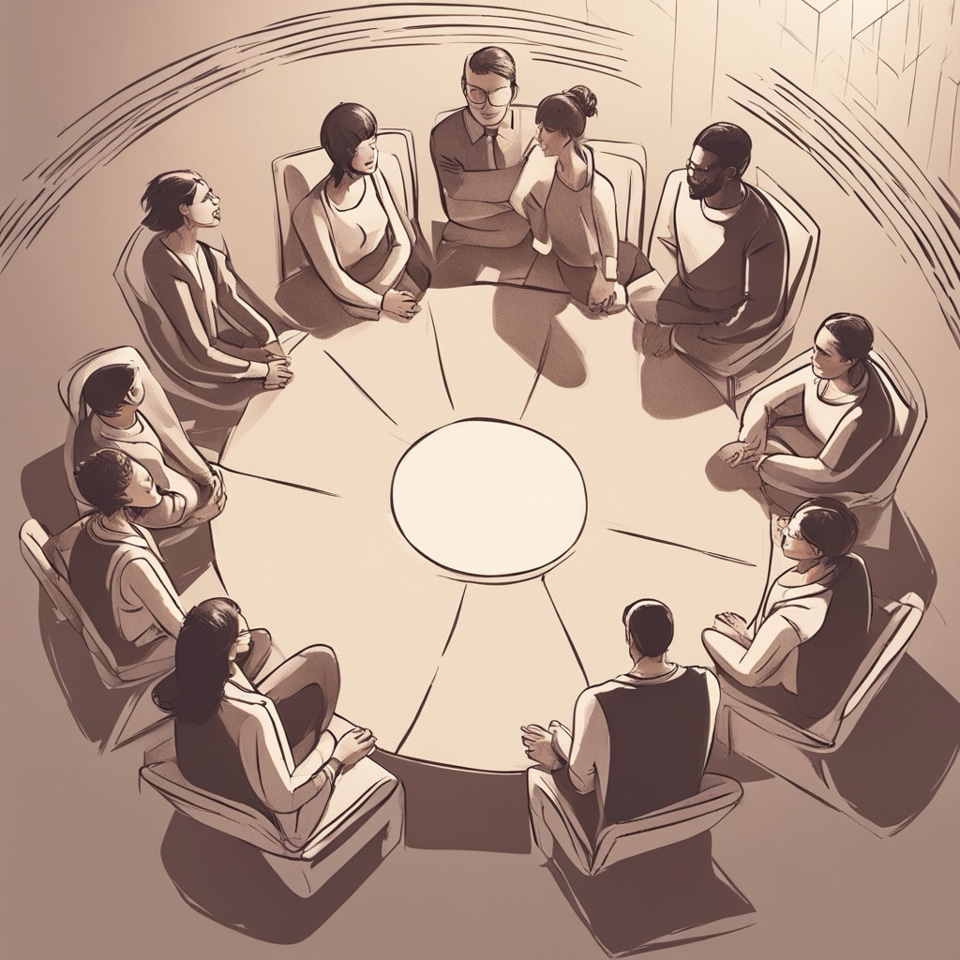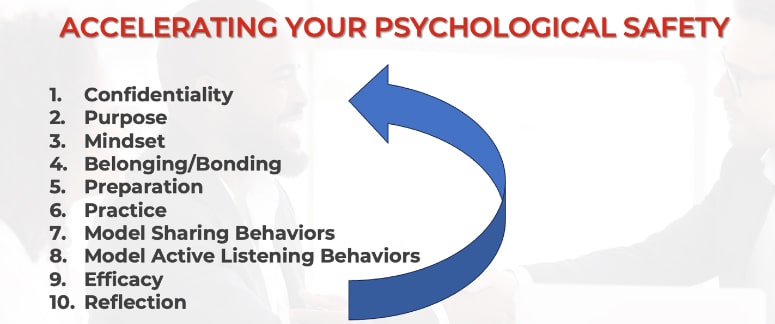A Psychological Yin & Yang

Yin and yang, a concept originating in Chinese philosophy, depicts opposing forces while recognizing that they are complementary. They form a dynamic system in which the whole is greater than the assembled parts, as the parts are important for the cohesion of the whole (Georges Ohsawa, 1976).
Lesson 1
During the early years of leading workshops for CEO Forums, I developed a self-assessment exercise for experienced groups. By experienced, I mean they had been together anywhere from 10 to 25 years and, in many cases, included several of the group’s founding members. I remember speaking to my first genuinely seasoned group, who had been together for 17 years. I recall stating that we would spend our time today working “on the group.” I could see them saying to themselves, “Really? I think we’ve got this by now.” I wasn’t sure they weren’t correct, but I proceeded as planned and learned an important lesson. The more experienced the group, the more likely they would identify areas to up their game.
Lesson 2
Lesson number 2 took me a bit longer to figure out. As part of the assessment, I asked the members to rate their psychological safety on a scale of 1-10. One group after the next claimed they were a 10, yet during the workshop, I never felt that level of candor. So, I realized I had to ask a different question or at least an additional one.
At the next forum meeting, I asked them to rate the group’s psychological safety. After they rated it a 10 (as the others did), I asked each CEO around the table to rank their ability to leverage that environment using the same scale. The average individual rating on that day was 6.5. The members were horrified. They realized that having the environment was one thing; consistently using it was quite another.
I think of it like going to a spa and seeing a pool of water with steam gently rising off the top. The pool contains special ingredients designed to create the most restorative experience for those who choose to immerse themselves in it. Yet even though spa-goers don’t have one of these at home, you’ll find all too many of them dangling their feet in the water or sitting by the pool reading a magazine—barely maximizing the opportunity before them.
To be clear, the group members weren’t lying when they said their group’s psychological safety was a 10. They’ve seen it in action. They participated in and witnessed the group leaning into deep conversations that had a transformative impact on the members willing to dive into the deep end of the pool. The aha moment, however, lay in the fact that there is a difference between having psychological safety and consistently leveraging that environment. Doing so takes another level of intentionality, which typically requires psychological courage.
I say “typically” only because it isn’t always about people lacking psychological courage (the willingness to be vulnerable with a group even when they know the group is psychologically safe); it’s about falling into psychological complacency. This dynamic is especially true for experienced groups. They become so accustomed to the environment they’ve created that they take its uniqueness for granted. They believe they can dive into the pool anytime they want, until they don’t anymore.
Intentionality
Today, whether working with a new group or one that’s been together forever, I provide the following system to bring a new level of intentionality toward leveraging and building the group’s psychological safety. This system is designed to combat complacency and inspire courage.

Confidentiality is sacrosanct in the group. It is the foundation for creating psychological safety during the meetings. What happens there stays there. I often ask each member to create a personal purpose statement about why they are in the group. This practice is designed to develop the mindset of stepping a little deeper into the pool at every meeting—for their benefit and others. If they lean into their curiosity and become more intentional about getting to know their fellow members, they can create a new level of belonging and bonding.
The more prepared we are, the more confident and psychologically safe we feel. The more we practice bringing our whole selves to others, the easier it becomes. When someone models a high level of generosity and courage through their sharing behaviors, and the group responds with empathy and grace, it provides tacit permission for others to give of themselves as well. When members model active listening behaviors, they realize they are the pool of water—they are the ones who create safety by their level of engagement.
Humans tend to repeat behaviors that work. Even if they are reluctant to be vulnerable, efficacy often wins the day. At the end of every group meeting, I suggest that members engage in a reflection exercise, where on their drive home, they think about how well they gave of themselves and how they could do even better next time.
Reflection
As I think about what I have shared, I also recognize that each group member begins at a different starting point. Some members are naturally very open. To the extreme, they will happily share their life story with anyone who will listen. For others, they are more private. They tend to keep their thoughts close to the vest. Of course, some fall somewhere in between. Those starting points are often shaped by upbringing and, for others, professional experiences. What matters is that we challenge ourselves to do our best – to step a little deeper into the pool every time the group convenes.
Think generously. Act courageously. Win together.
Bring the best of the CEOWORLD magazine's global journalism to audiences in the United States and around the world. - Add CEOWORLD magazine to your Google News feed.
Follow CEOWORLD magazine headlines on: Google News, LinkedIn, Twitter, and Facebook.
Copyright 2025 The CEOWORLD magazine. All rights reserved. This material (and any extract from it) must not be copied, redistributed or placed on any website, without CEOWORLD magazine' prior written consent. For media queries, please contact: info@ceoworld.biz








